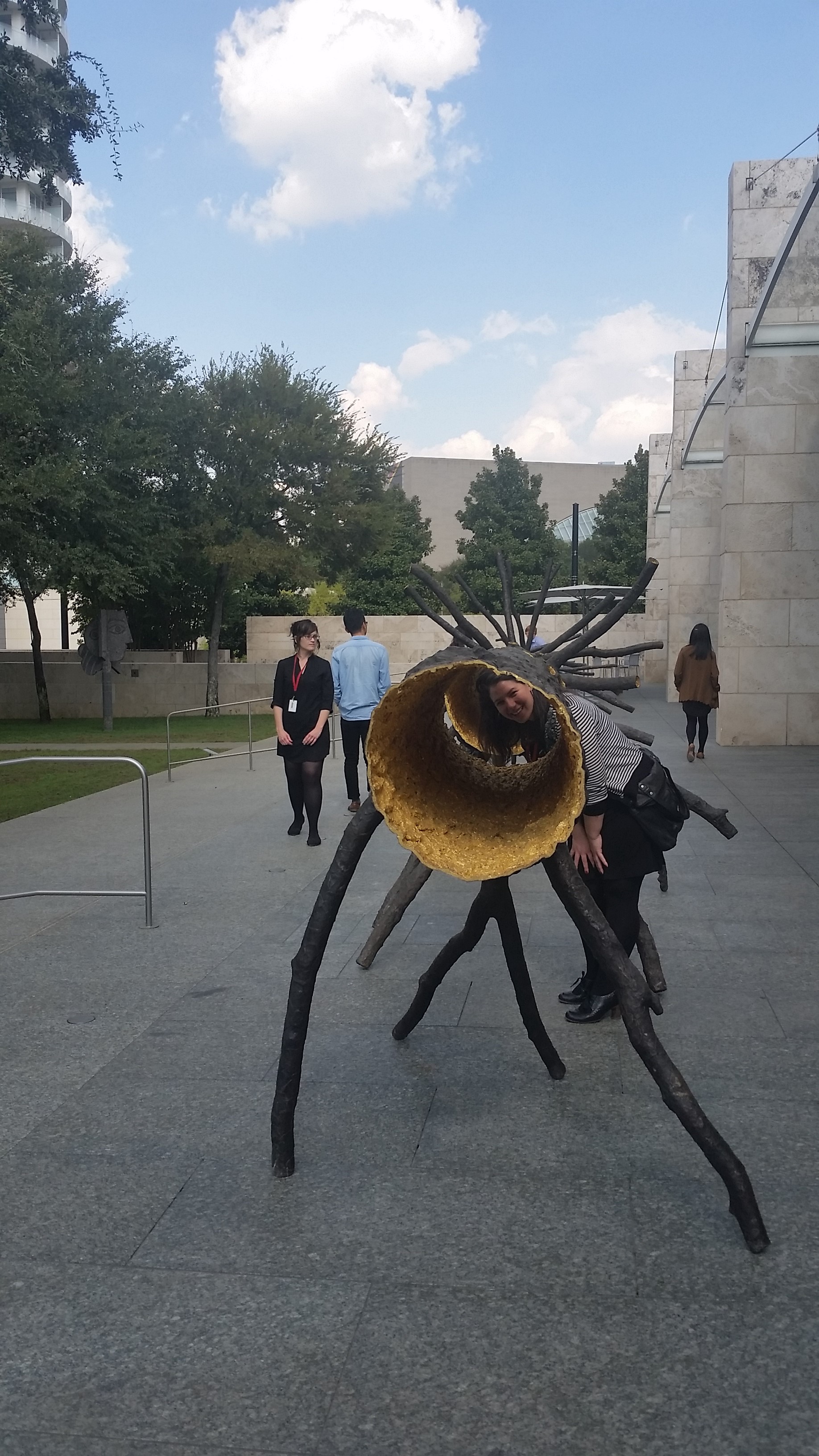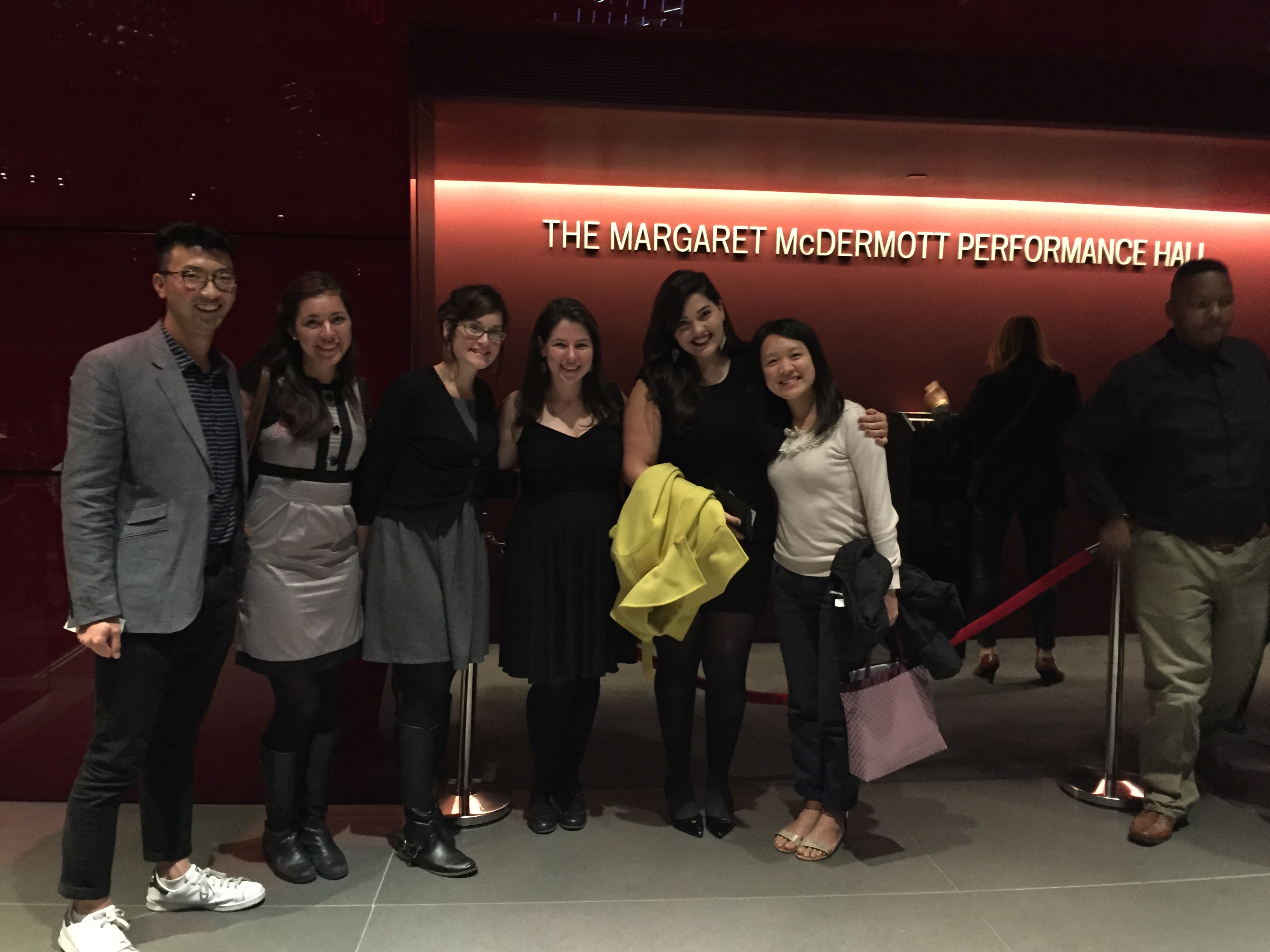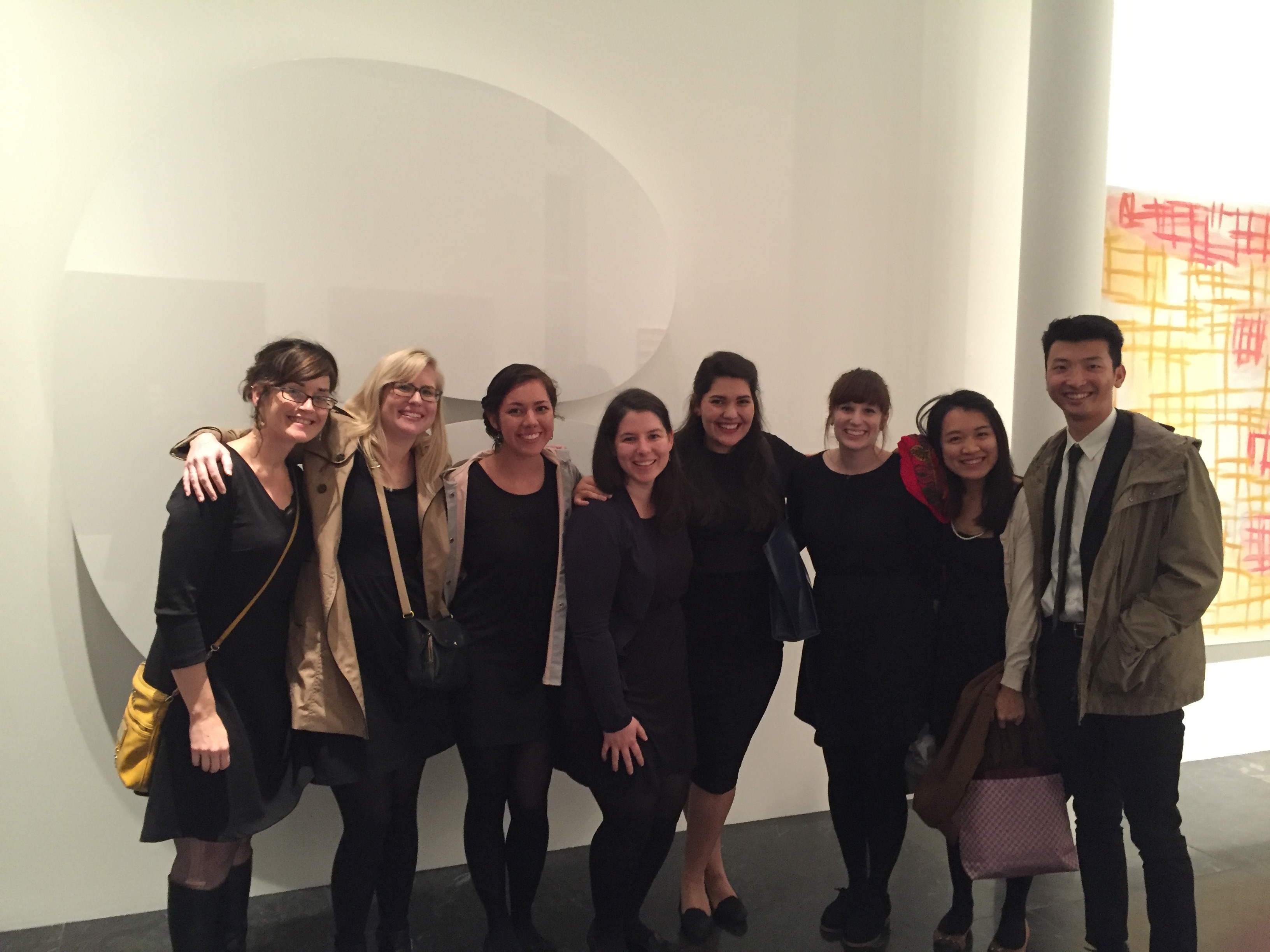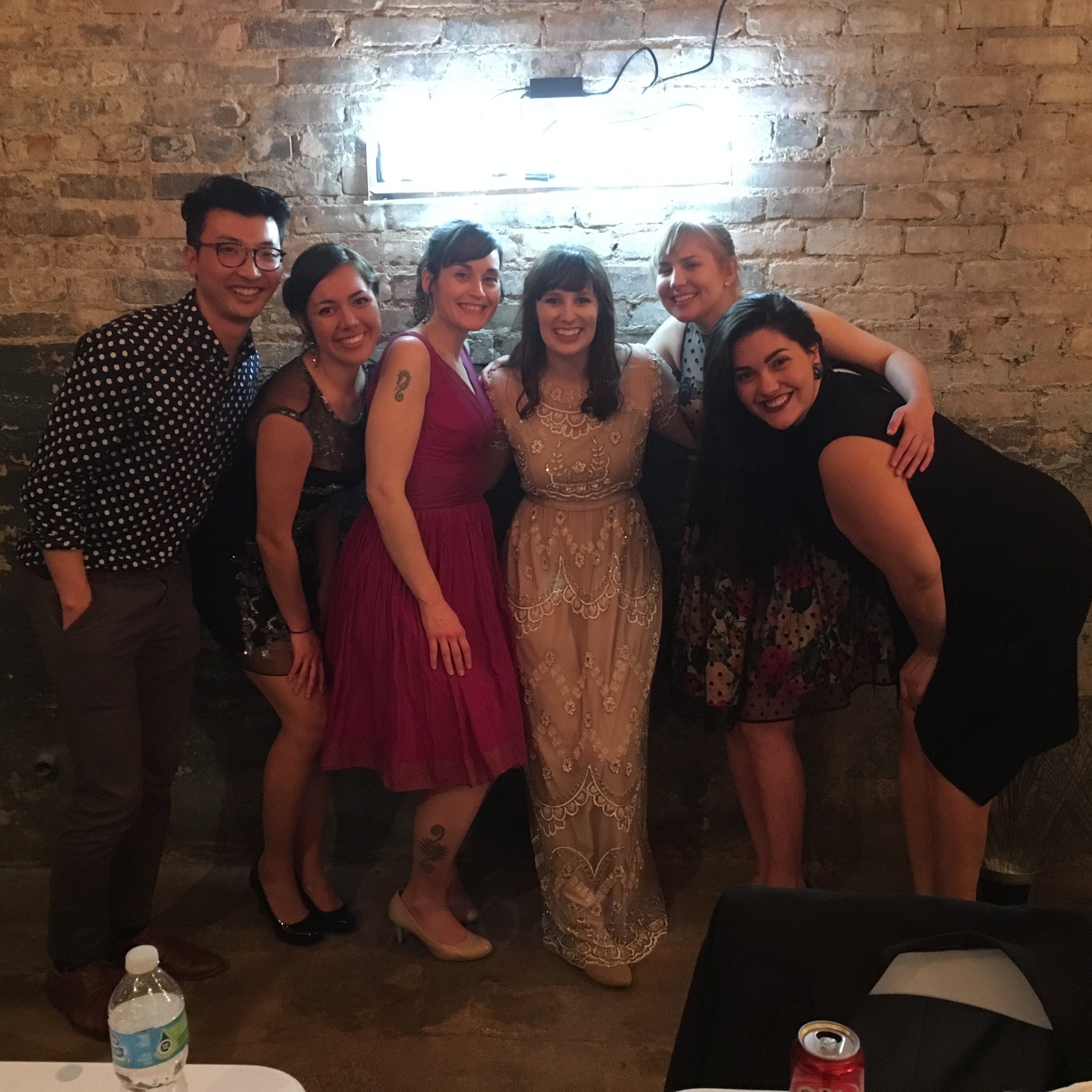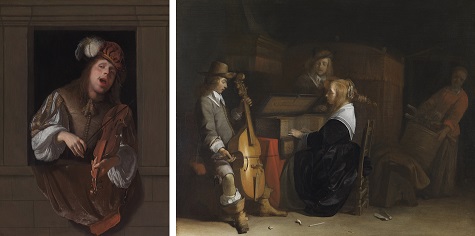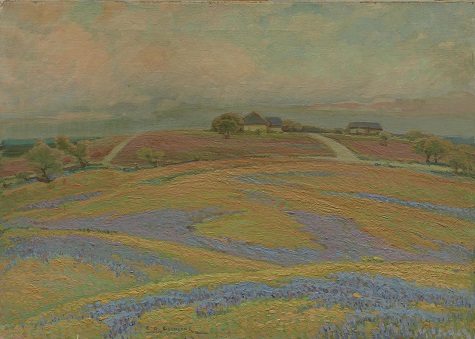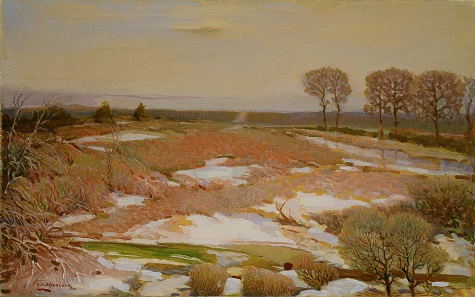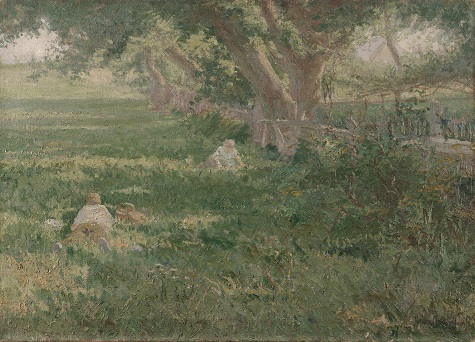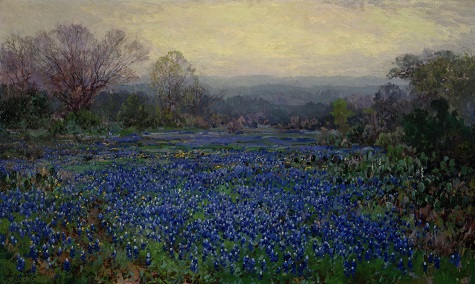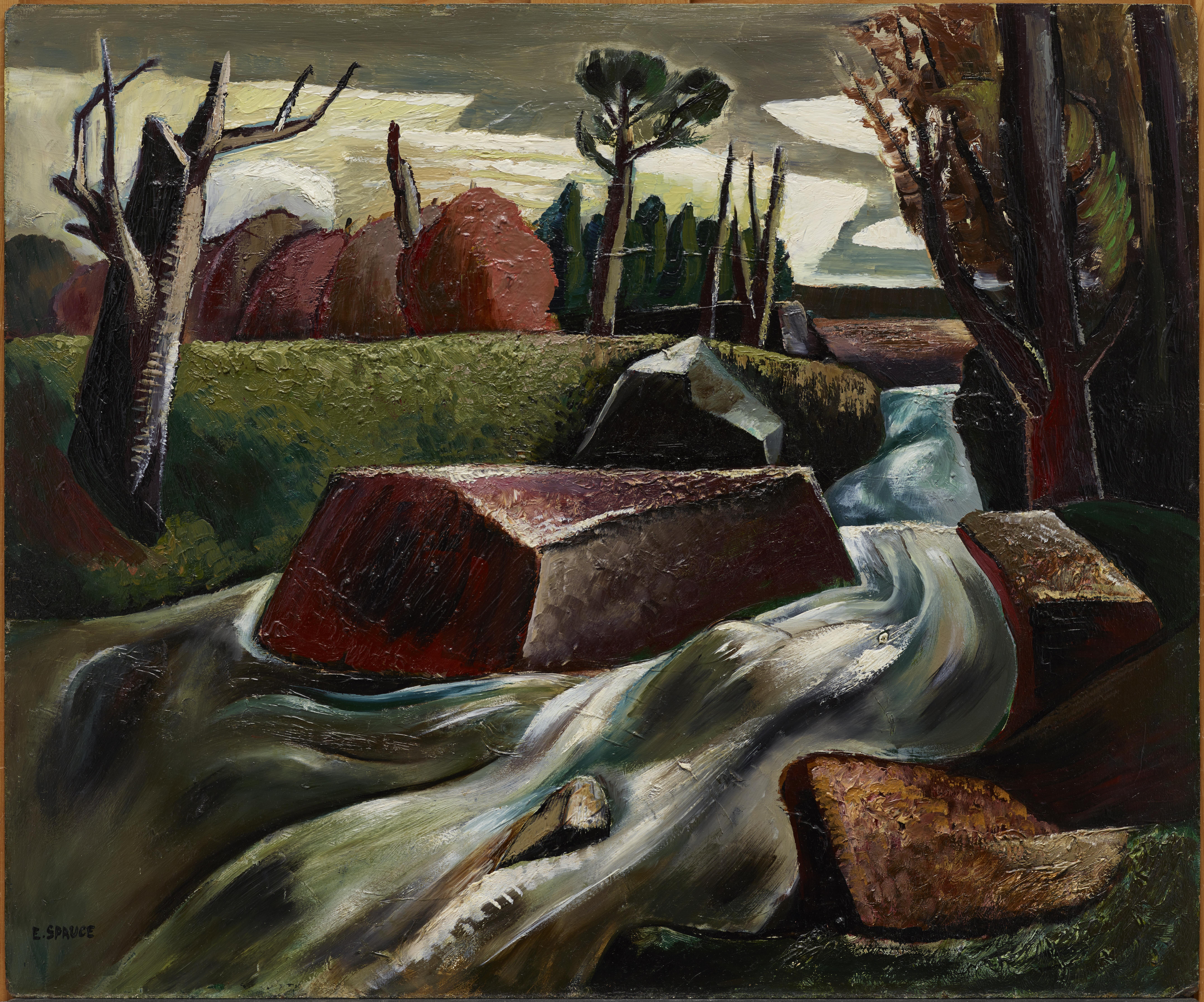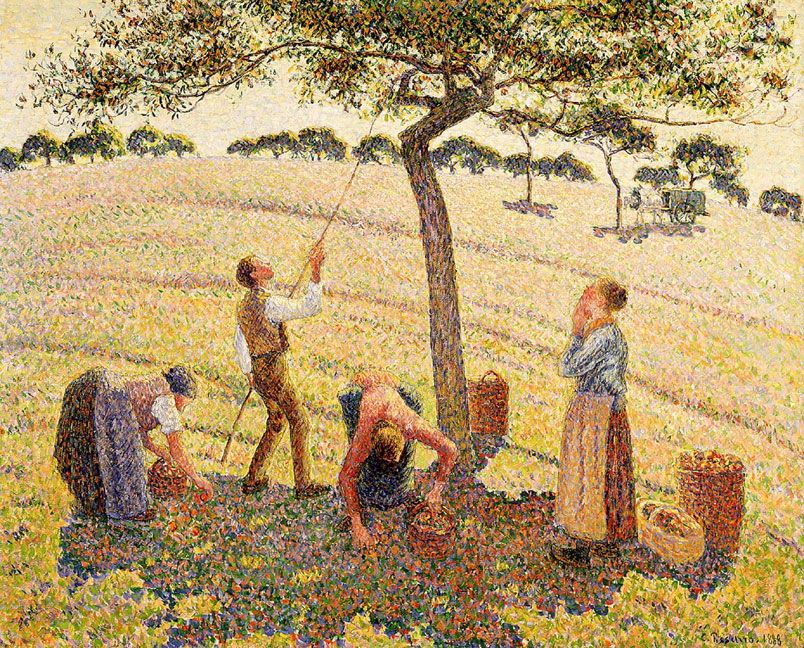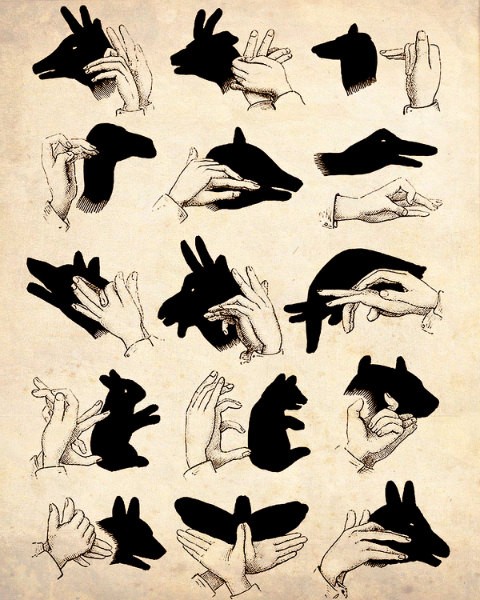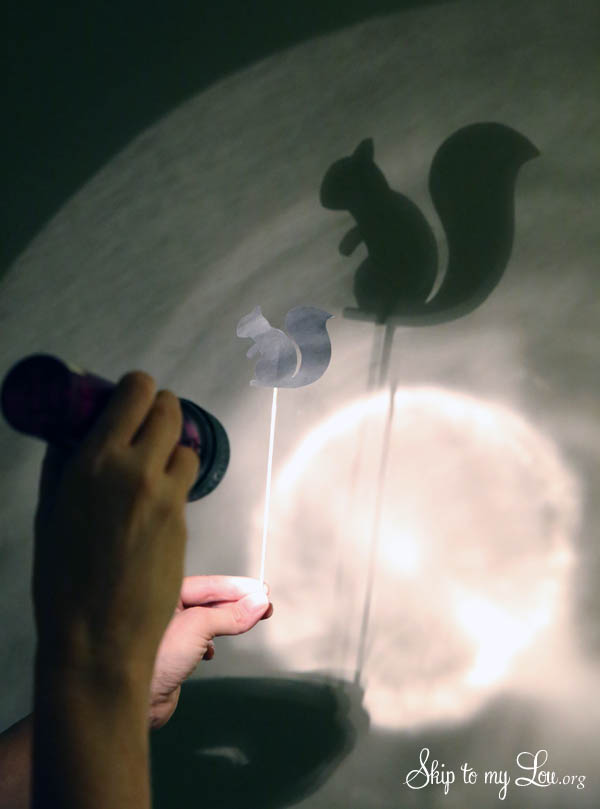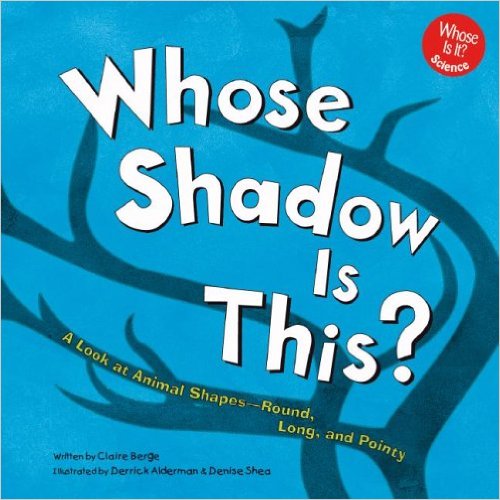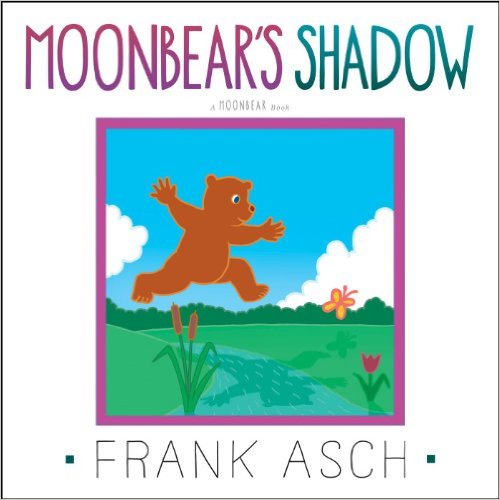We love hearing from our visitors about their experiences at the DMA. We especially enjoy learning about ways art touches lives. We recently received an e-mail from Mark and his granddaughter Fiona. Their story brought a smile to so many of the DMA staff that we asked if we could share their visit on Uncrated:
Earlier this month I took my seven-year-old granddaughter to the DMA. We visited the European galleries to look at paintings, more like glances as we raced by all the paintings. But we stopped at a large painting that depicts the myth of Zeus turning into a bull to woo his love. I asked Fi what she thought of this “crazy painting” when a woman paused near us. She shared the story the painting represented and then asked Fiona a question I should have asked at the beginning of our visit: “What kind of paintings do you like to see?”
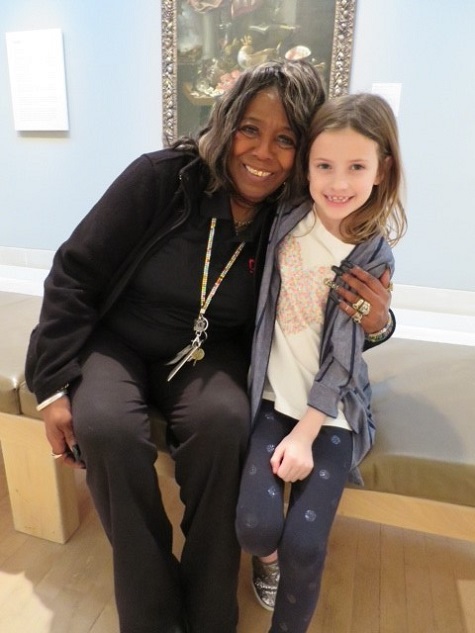
Without hesitation my granddaughter said animals. She told us that she had the perfect painting for us, one that Fiona would love. The painting was not where she expected it to be and a gallery attendant, named Joyce, told us the painting was “taking a rest” but that she knew of more work depicting animals. While we were touring these animal paintings, Fiona and Joyce swapped pet stories and advice, both agreeing that you need to tell your pets that you love them every day.
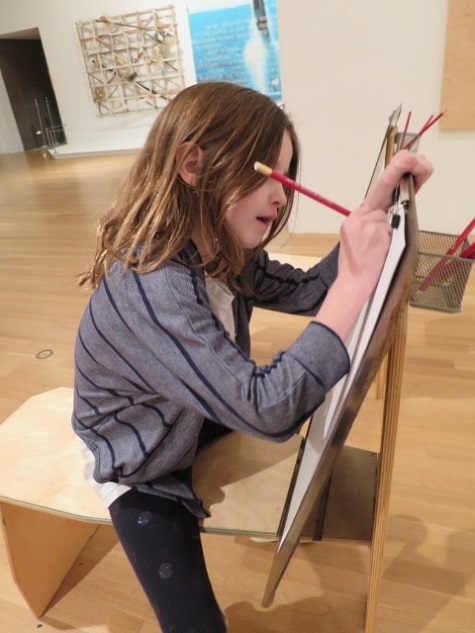
After exploring the galleries we stopped at the hands-on area of the DMA (The Center for Creative Connections), where you can make your own work of art. Fiona drew and was able to make a rabbit sculpture with a piece of egg crate and pipe cleaners. She was very proud of her work and asked if she could keep it, and I told her yes. She then surprised me by saying she wanted to give it to the nice lady, Joyce.
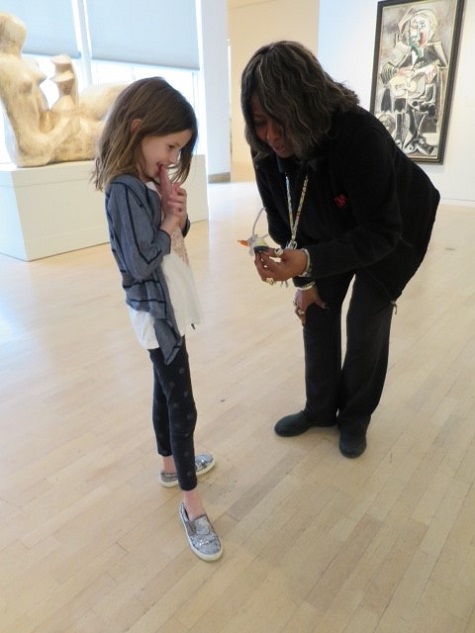
A museum can be a cold, intimidating experience, but we found such warmth from our two encounters with DMA staff.
– Mark
We caught up with Joyce in the galleries to talk about her encounter with Mark and Fiona. She told us one of her favorite things about the job is being able to interact with our visitors, especially the youngest visitors like Fiona, and share her love of art. She was extremely moved by Fiona’s gift, which she has fondly named Fiona in her honor, and can’t wait to run into them on their next visit.
Kimberly Daniell is the Senior Manager of Communications, Public Affairs, and Social Media Strategy at the DMA.

